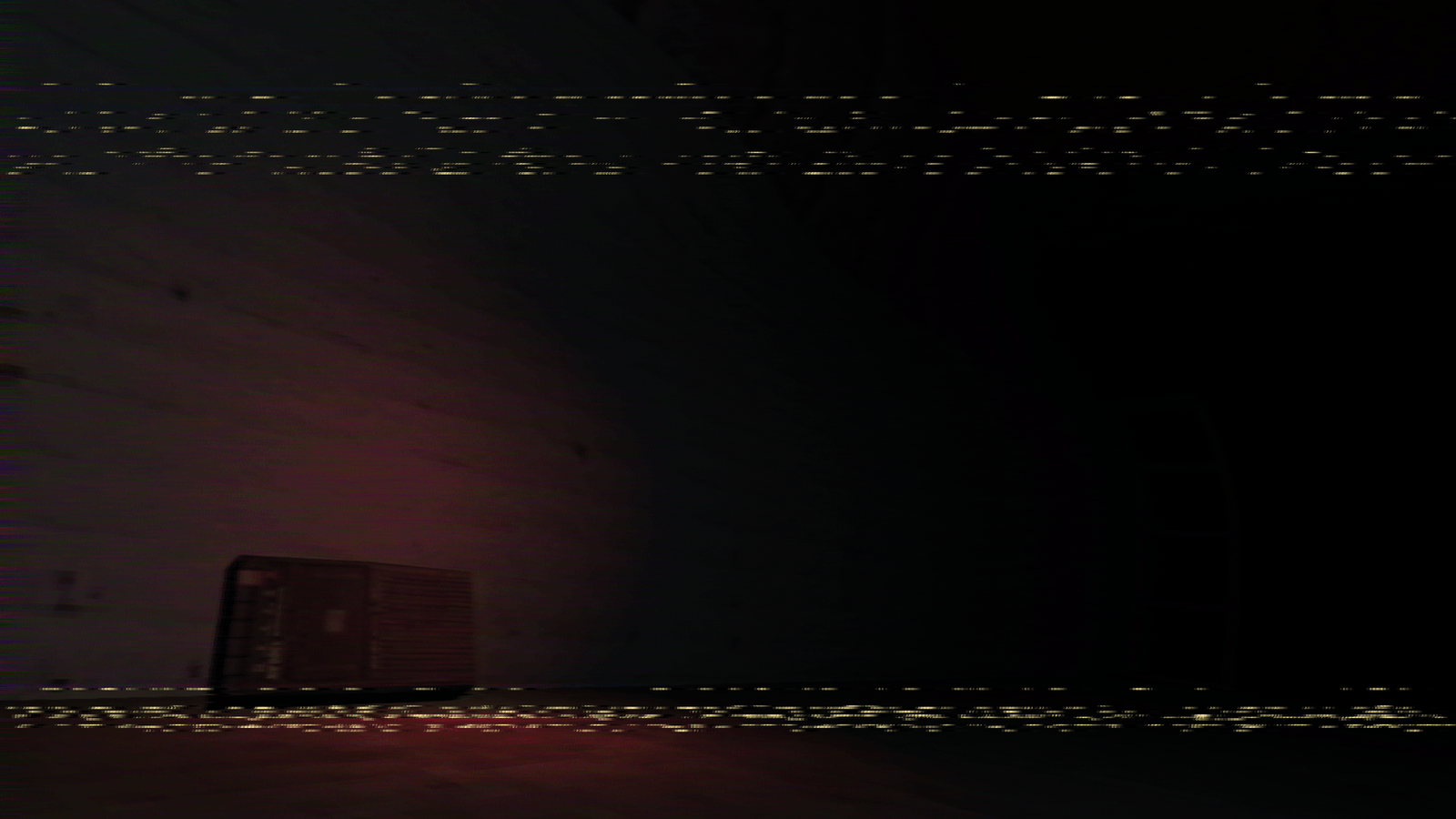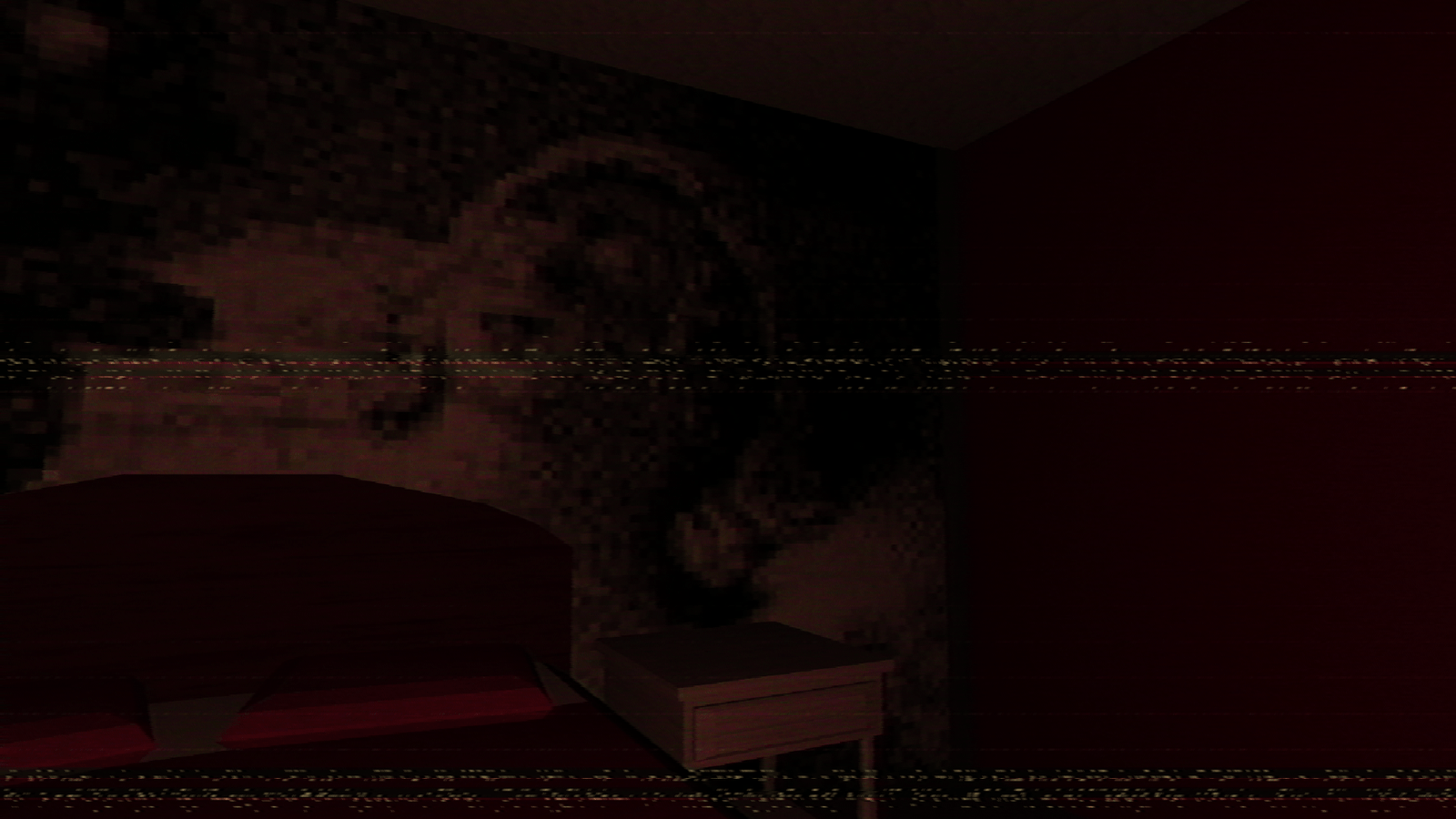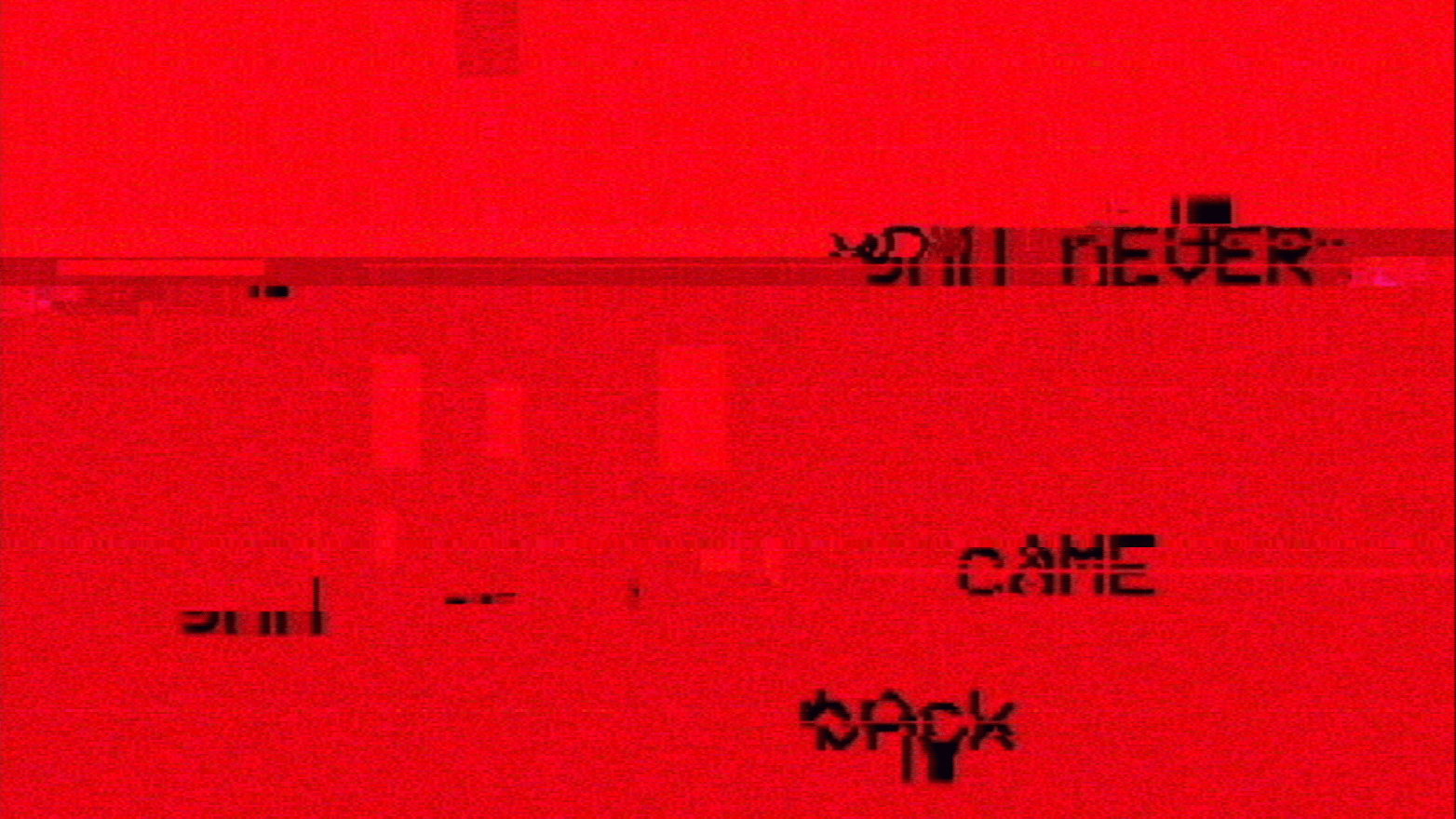Are you at home right now? If you are, look around at the walls that surround you. How often do you think about them? About their purpose? About what you’ve experienced within them? How about what others have experienced within them? Have they been treated well? Have they been appreciated?
Kitty Horrorshow’s Anatomy asks its players to reflect on their homes, positing that they themselves might take their walls (their shelter) for granted. What if your home could feel the pain of loss? Loneliness? Disrespect? What if it could feel anger?

While ultimately very different games, Anatomy operates in a space similar to Hideo Kojima’s oft-talked-about opus, P.T. It’s a short, focused experience that takes place in a small space that you’ll get to know intimately during its brief runtime, with small changes in your surroundings eliciting a disproportionately large feeling of unease. The threat in Anatomy, however, is nothing like P.T.’s vengeful Lisa. While P.T. is a story of murder and cruel purgatory, Anatomy instead evokes fears that are much more mundane, and consequently relatable.1 At least, I hope. The ultimate result of the game is that you think more about your relationship with your own home, which is likely to evoke more fear after ending the game than while actually playing it.
The aforementioned home in Anatomy is an impressive achievement, for while it is sparsely populated and crudely presented, it successfully elicits the feeling of being in a real house. Its layout may not match that of your own home, but there’s a good chance that you’ve been in one like it. When prompted to visit the dining room, bathroom, or garage, you’ll likely have a very good idea of where that may be without having ever been in this particular space before. It creates an uncanny familiarity that further enhances the experience.

Anatomy never explicitly shares when it takes place, but the game is built on an analog aesthetic that places it somewhere in the ’80s or ’90s. VHS tracking lines constantly float through your vision emphasizing a found footage feel that recalls films like The Blair Witch Project, but it’s more aptly likened to a literary example like Mark Z. Danielewski’s novel House of Leaves, especially since a strange and potentially sinister house is central to both works.2House of Leaves is a 2000 novel by Mark Z. Danielewski that is in part about a fictional documentary film which explores a non-Euclidian labyrinth that impossibly exists within a simple house. The use of analog sensibilities further pervades Anatomy as it uses warbling audio cassette tapes as its primary method of communicating with the player, and the mechanical sounds of the tape recorder’s starts and stops harshly punctuate the messages held within.
While this trope can often be seen as a cheat, crutch, or shortcut to horror, Anatomy’s use of it should not be dismissed. The scanlines on the screen and the warble of the voices on the cassettes serve to emphasize a decay at the heart of the game’s misused and forgotten home, while the inherent static acts a gateway for the home to express itself.

Anatomy isn’t the best or scariest game you’ll ever play, but it is likely to leave an impression long after you complete it. It has the potential to not only make you reflect on your own surroundings, but perhaps also on other things that you’ve misused, neglected, or underappreciated. Horror is at its most poignant, after all, when it gets us to look inward, potentially teaching us something about ourselves.
Anatomy Screenshots
Screenshots captured from the Anatomy on Windows
Anatomy
Original Release: 2016
Developer(s): Kitty Horrorshow
Publisher(s): Kitty Horrorshow
Platforms(s): Windows, OSX, Linux

Footnotes
- 1At least, I hope.
- 2House of Leaves is a 2000 novel by Mark Z. Danielewski that is in part about a fictional documentary film which explores a non-Euclidian labyrinth that impossibly exists within a simple house.












